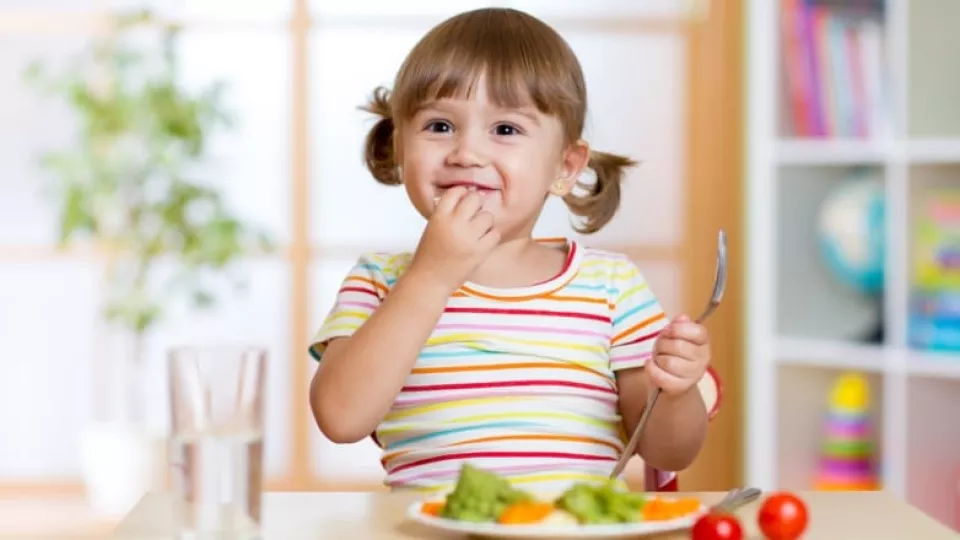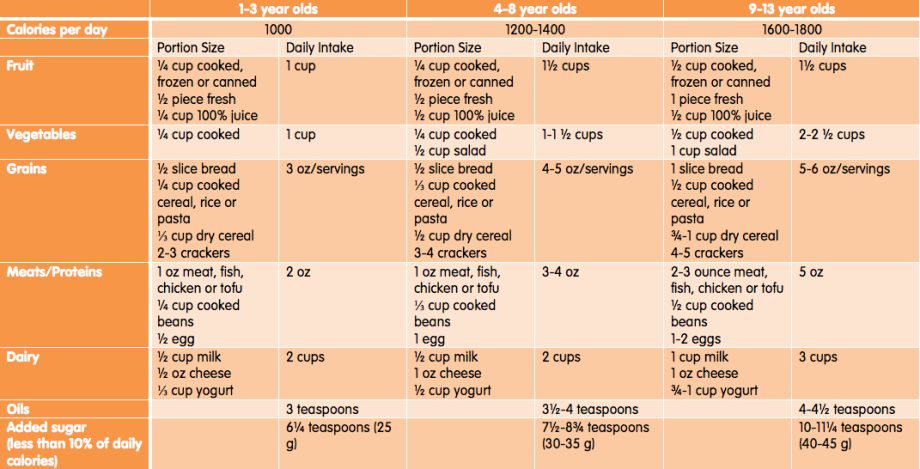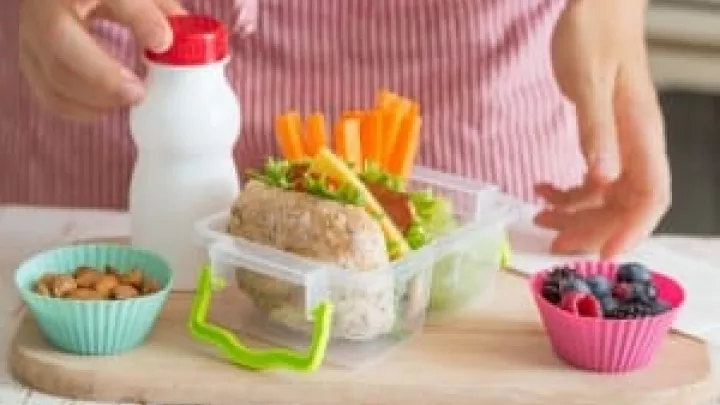
Portion Size Matters
Trying to eat healthy today can be a challenge. You can eat all the right foods, but if the portion sizes are not appropriate, you may not be eating as healthy as you think you are. Portion sizes (especially for high-calorie/low-nutrient foods) have increased greatly over the last 20 years, more than doubling for some foods. Increases in portion sizes have certainly contributed to the increase in obesity in children and adults that we see today. Providing the right amount and variety of foods your children need to grow to their potential and keep them healthy and thriving, without causing excess weight gain, is the ultimate goal. Children’s nutritional needs change with age and growth, and are typically less than adults, so serving children as much as their parent distorts expectations, promotes excessive intake, and results in undesirable weight gain.
Adjusting portion sizes may help keep your child growing appropriately. Here are some tips and resources to help guide your children’s portion sizes.
- Aim for three meals and one or two snacks each day. Each meal and snack should include two to three different foods from the major groups.
- The U.S. Department of Agriculture’s program, Choose My Plate, suggests filling half of your plate with fruits and vegetables, and small portions of a starch or grain and meat or other protein to fill the other half, in addition to a calcium source (i.e., milk or milk alternative). Aim to provide a colorful variety of fruits and vegetables, as well as different protein sources, to meet nutritional needs. (Protein is found in meat, poultry, fish, eggs, nuts, beans/lentils and dairy foods.)
- The chart below, based on information from the Academy of Nutrition and Dietetics and the American Association of Pediatrics, describes appropriate serving sizes and daily needs of important food groups for your child.

- For those times when you don’t have your measuring cups handy, the child’s hand will work. For protein foods like meat, chicken, and fish, the palm of the child’s hand is usually appropriate. For starchy foods like rice, beans, and corn, the child’s cupped hand gives a reasonable serving. The child’s fist is a good portion size for cereal and fruit. Vegetable portions usually don’t have to be limited, and are a good option for filling up or second servings.
- For more specific guidelines for your child’s nutritional needs, and to track his or her progress, visit the Choose My Plate's Supertracker.
Please note that the recommendations above are appropriate for healthy children. If your child has a diagnosis that requires special dietary considerations, please refer to a registered dietitian for appropriate advice.


